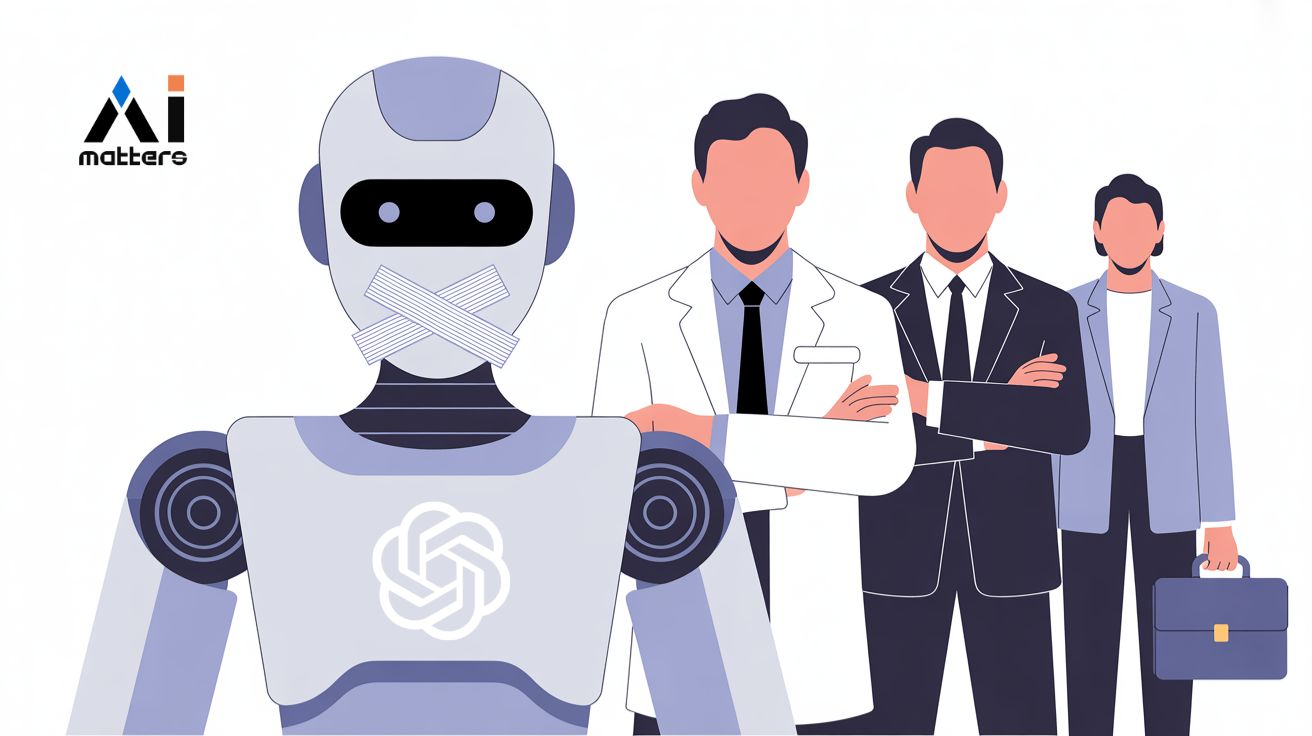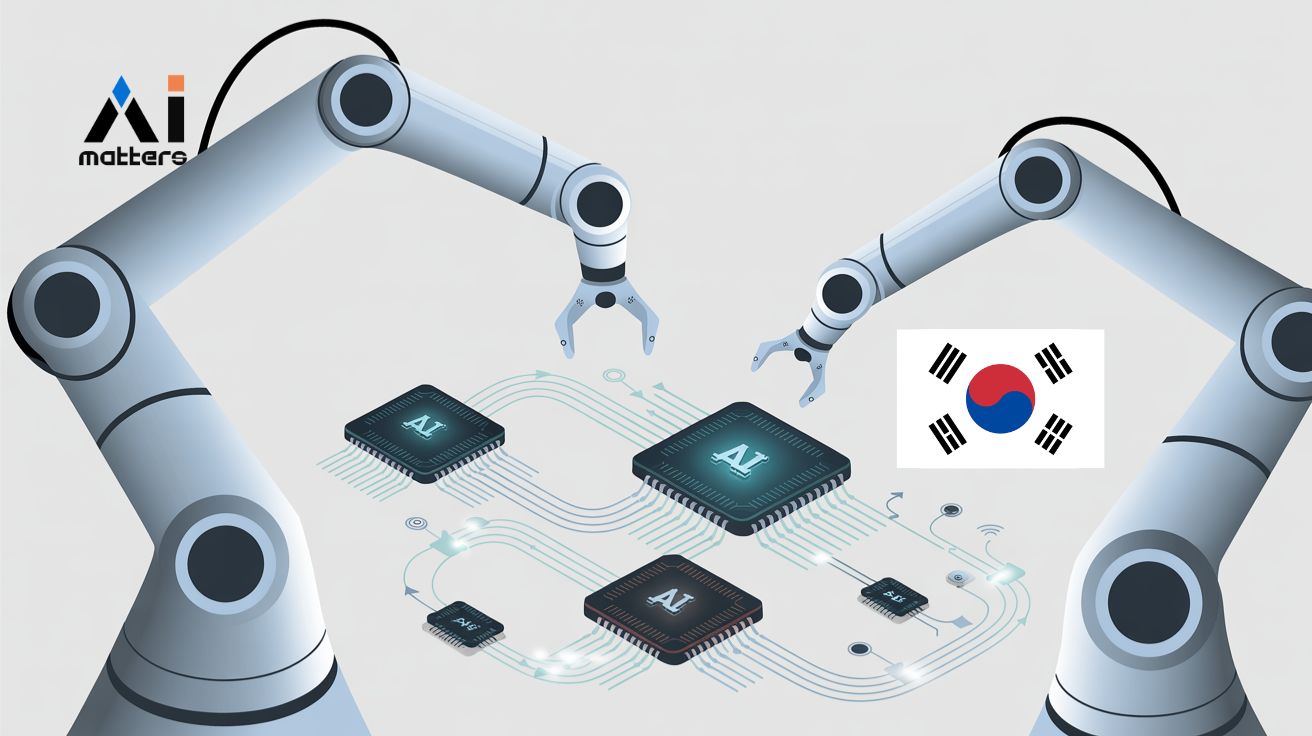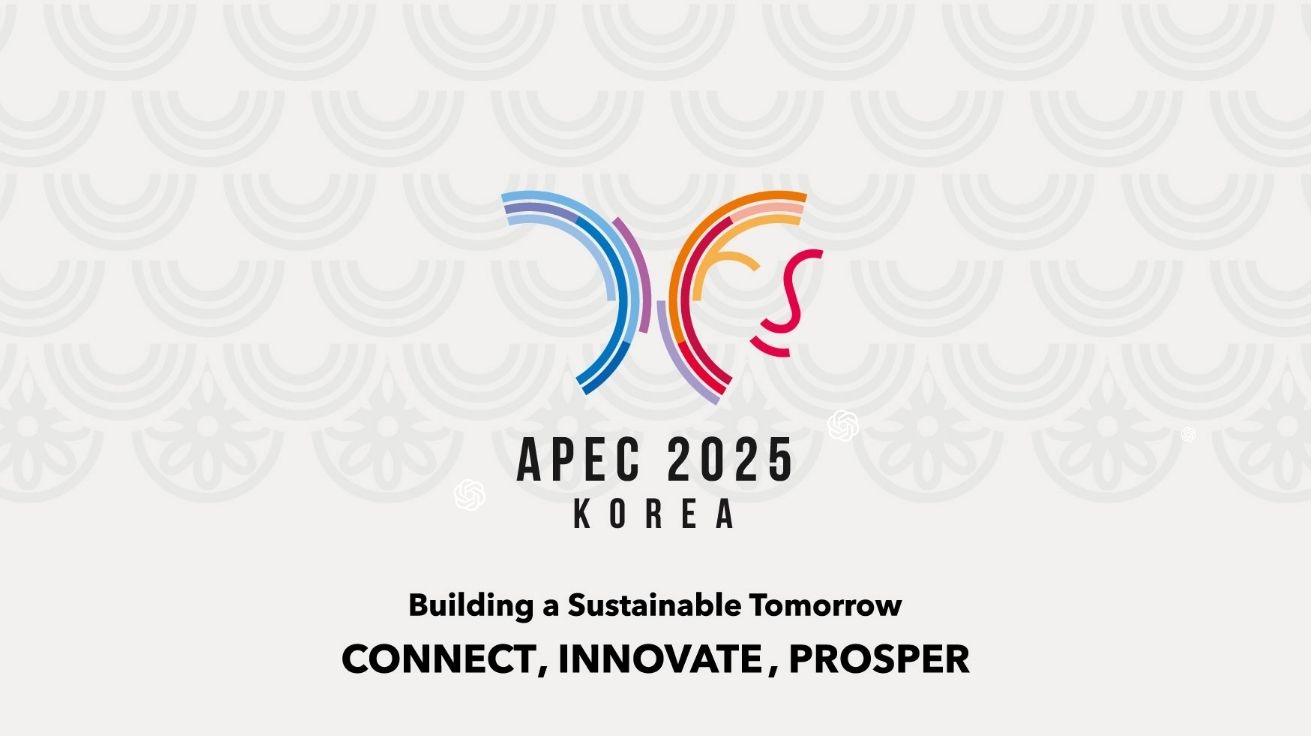Research on activation of open source for mobility innovation.
The SDV market grows annually by 19.47% and autonomous driving by 22.75% on average
The global mobility industry is rapidly transitioning towards a software-centric focus. According to a research report released by the Ministry of Science and ICT, the global Software Defined Vehicle (SDV) market is expected to grow at an average annual rate of 19.47% from $42.53 billion in 2023 to reach $300.98 billion in 2034. The autonomous vehicle market is also forecasted to expand from $41.1 billion in 2024 to $114.54 billion in 2029 with an average annual growth rate of 22.75%.
The background of this growth includes countries’ eco-friendly regulations to achieve carbon neutrality by 2050, as well as advancements in AI technology. With the development of AI, big data, and cloud technologies, advanced driver-assistance systems (ADAS) are evolving into high-performance autonomous driving systems. AI-based autonomous driving now allows for integrated control in various situations, enabling the realization of Level 3 or higher autonomous driving capabilities.
Europe plans to ban sales of internal combustion engine vehicles starting from 2035, while the U.S. supports the spread of electric vehicles through the IRA bill. In South Korea, policies such as expanding subsidies for electric and hydrogen vehicles and creating a 1 trillion-won fund to support small and medium-sized manufacturers are being implemented.
Tesla achieved global 1st place with Linux, while BYD achieved with HarmonyOS
Companies leading mobility innovation are actively utilizing open-source technology as a common practice. Tesla has successfully transitioned to SDVs based on its own operating system developed on the Linux kernel, and is leading autonomous driving technology innovation by utilizing open-source based AI, cloud, and big data technology.
BYD in China has become the global leader in the electric vehicle market with its own vehicle OS and electrification platform, supported by over 100,000 research and development personnel. Huawei also supplies HarmonyOS, an open-source based vehicle SW platform, and is building the HIMA (Harmony Intelligent Mobility Alliance) cooperation ecosystem.
Hyundai Motor Group achieves 120 trillion won and Hyundai Motor Company’s ‘Hyundai E-Nex’ improves fuel efficiency by 7%
Domestic mobility companies in Korea are also significantly increasing their investments to secure open source technologies. Hyundai Motor Group announced plans to invest 120 trillion won over the next 10 years in SDV conversion and advanced autonomous driving at the 2024 CEO investor day. Acquiring FortyTwoDot for approximately 400 billion won to promote SDV technology, they are also building H cloud using openstack and kubernetes to provide connected car services.
Hyundai Heavy Industries established a subsidiary, Avikus, specialized in autonomous navigation, and developed its own solution, ‘HiNAS.’ They achieved a 7% improvement in fuel efficiency and 5% reduction in greenhouse gas emissions by successfully completing autonomous navigation across the Pacific for large LNG ships in 2022.”
Analyze a SWOT based on 5 key policies to secure the global competitiveness strategy
The research team proposed five open source activation policies for mobility innovation through SWOT analysis of the domestic mobility ecosystem.
First, it encourages active support and technological contributions from companies through the activation of an open source ecosystem linked to mobility companies.
Second, it establishes a cornerstone for the internalization of the latest technologies and overseas market expansion through the activation of participation in the global open source ecosystem.
Third, it constructs a secure utilization environment by providing the latest open source technology information and promoting the dissemination of open source utilization for strengthening mobility capabilities.
Fourth, it supports the replacement of the market currently dominated by foreign companies by nurturing open source supply companies utilizing global open source technology.
Fifth, it establishes a basis for fostering specialized human resources and the commercialization of technology through the expansion of open source technology R&D for enhancing mobility technology capabilities.
FAQ
Q: What role does AI technology play in mobility innovation?
A: AI technology is the core driving force of autonomous driving. By utilizing open-source AI frameworks like TensorFlow and PyTorch, vehicles are able to perceive their surroundings and make real-time decisions. In particular, on-device AI enables fast decision-making without external connections, greatly enhancing the safety of autonomous driving.
Q: What is the current status of open-source utilization in the domestic mobility industry?
A: The utilization rate of open source technology by domestic companies is 69.3%, which is lower than the global mobility industry average of 96%. In particular, the low participation in the global open-source ecosystem has led to a slower internalization of the latest technologies.
Q: What are the commonly used open-source technologies in the mobility field?
A: In the operating system field, Linux kernel and Android Automotive, in the artificial intelligence field, TensorFlow and PyTorch, in the cloud field, Kubernetes and OpenStack, and in the big data field, Spark and Kafka, are widely used.
The report quoted in the article can be found at the link.
Image Source: SPRi
The article was written using Claude and ChaT GPT.







![[10월 29일 AI 뉴스 브리핑] 카카오, ChatGPT for Kakao 출시 외](https://aimatters.co.kr/wp-content/uploads/2025/10/AI-매터스-기사-썸네일-10월-29일-AI-뉴스-브리핑.jpg)
